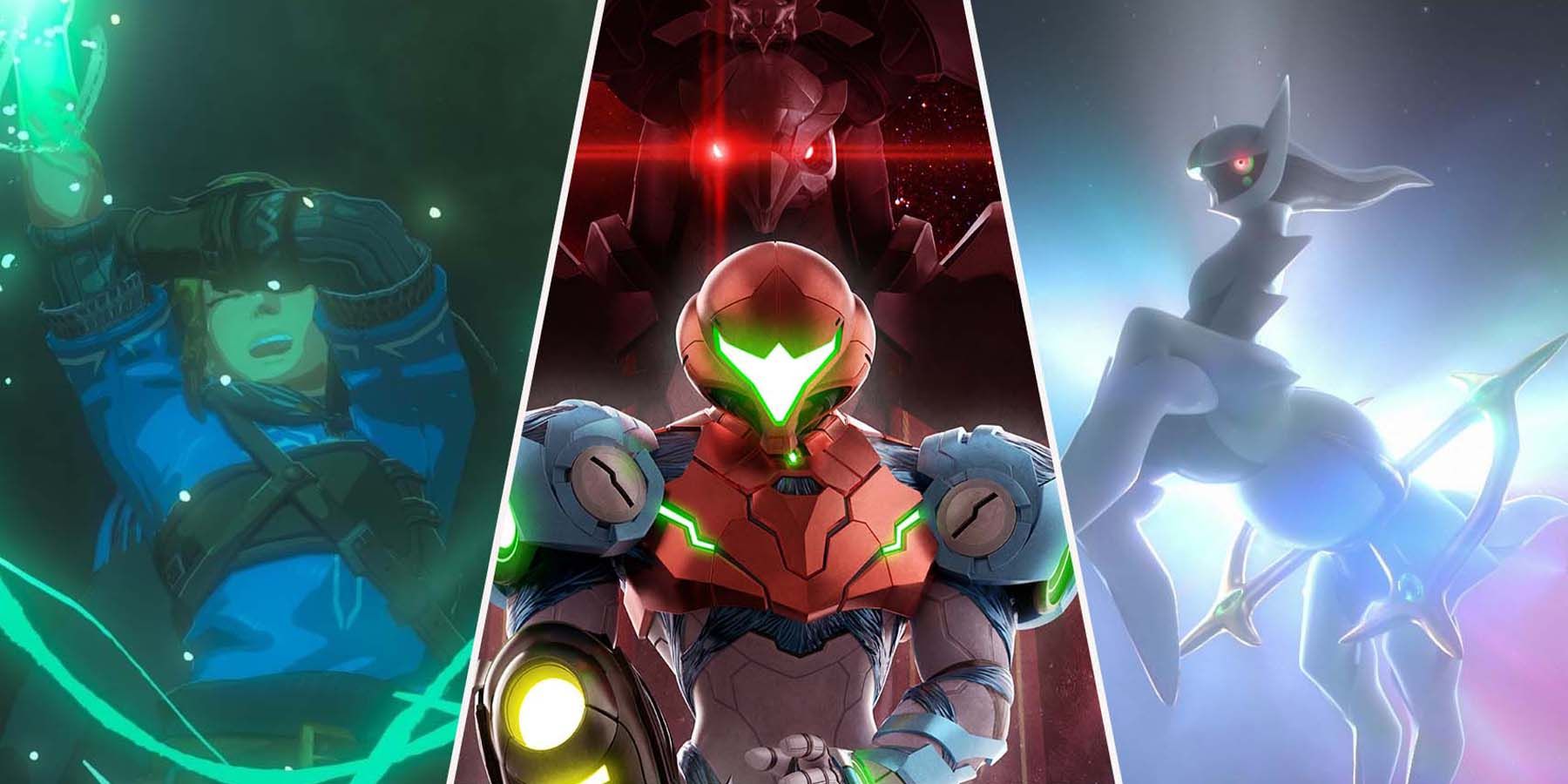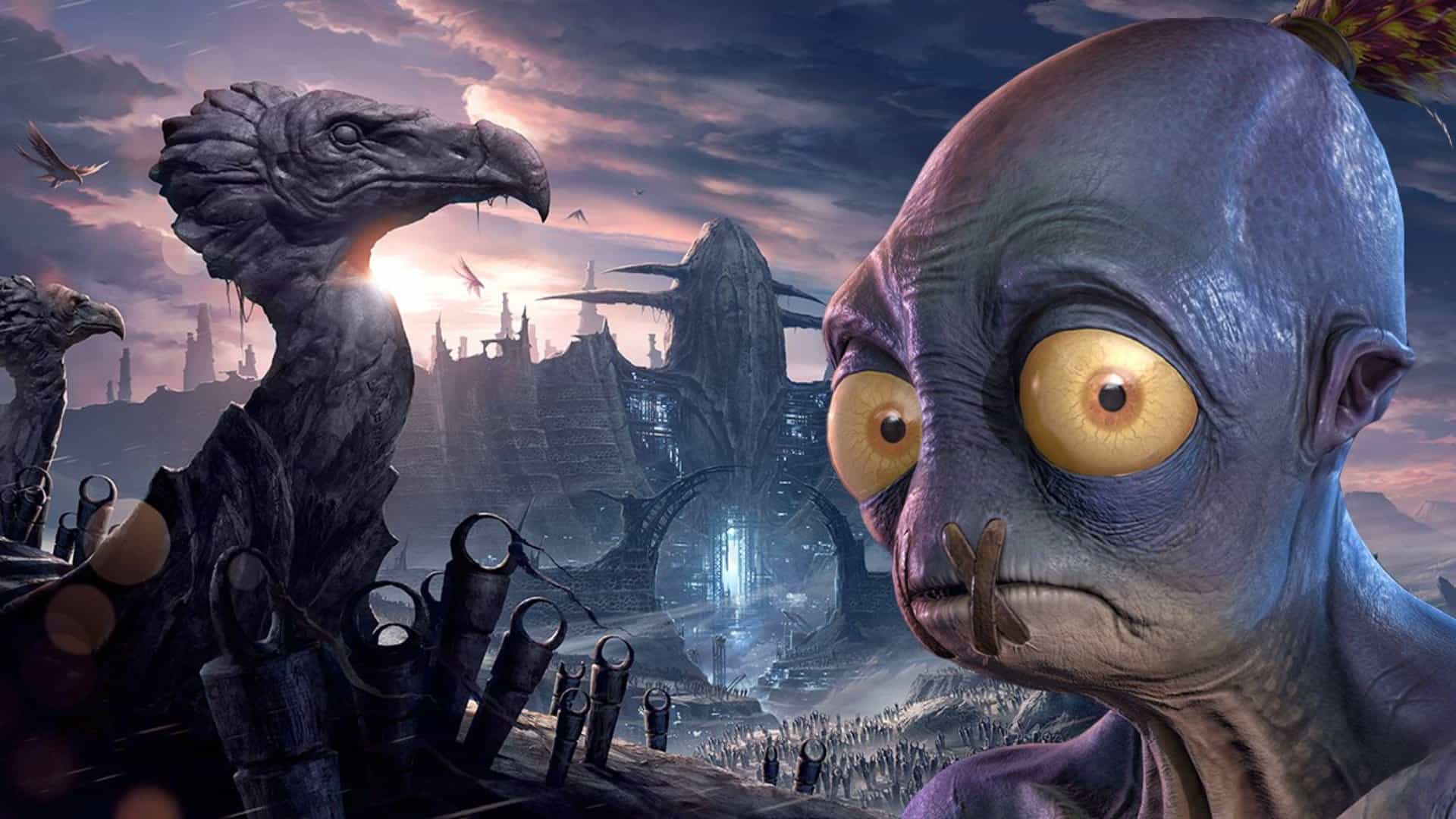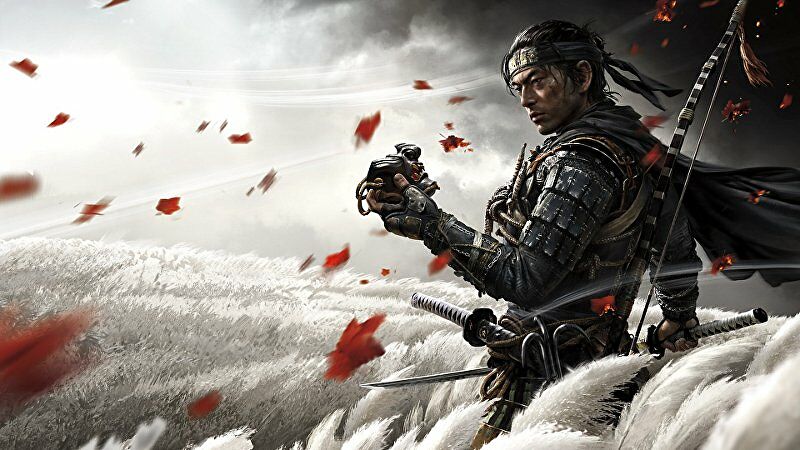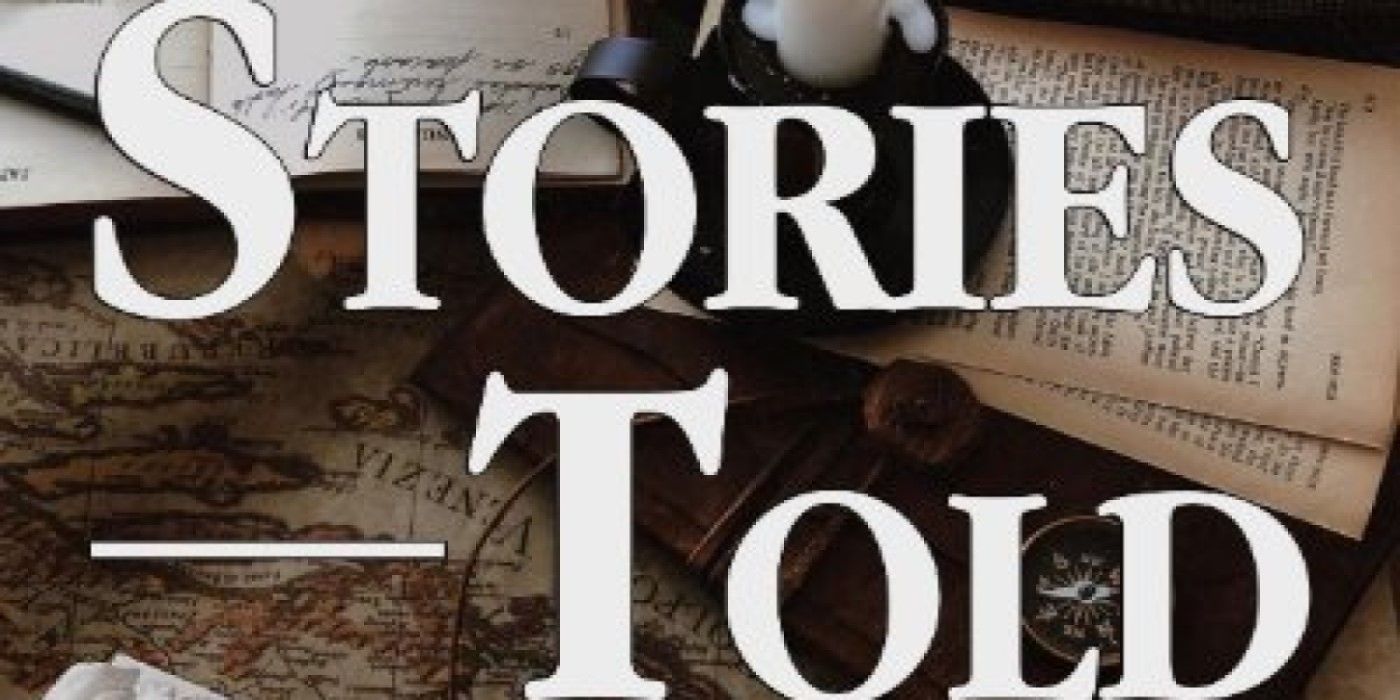
One of several Wes Craven-directed horror hits to have launched a big franchise, 1977’s The Hills Have Eyes has been praised for its brisk pacing, unbridled terror, and pitch-black sense of humor. For its first two acts, The Hills Have Eyes is a petrifying moviegoing experience. Viewers are introduced to the Carter family on a road trip across the South. Moments after being warned to stay on the road, their car veers off the road and crashes into the nearby hills.
The patriarch decides to walk back to the gas station, while the rest of the family stays behind with their car and camper as the sun quickly goes down. In a long exposition dump that establishes the threat faced by the Carters, the gas station manager explains that his illegitimate offspring lives out in the hills with his mutant offspring, preying on unsuspecting tourists to rob, terrorize, and eat.
RELATED: The Best Horror Movies Use Social Commentary For Scares
Craven conceived The Hills Have Eyes after the success of his directorial debut The Last House on the Left. Since he’d struck box office gold with one nonstop exploitation thrill-ride fueled by sheer terror and human suffering, he decided to do it again. So, inspired by a combination of The Texas Chain Saw Massacre and The Grapes of Wrath, Craven cooked up The Hills Have Eyes. Originally titled Blood Relations: The Sun Wars and set in a futuristic New Jersey, the script eventually became the story of a stranded vacationing family being watched from the wilderness by mutants named after planets who want to feast on their flesh.

This is one heck of a horror premise. The best horror movies are set up with terrifying scenarios the audience could picture themselves in. Getting stranded at the side of the road in the middle of a big trip and being stalked by cannibals is an unlikely but plausible scenario, just like babysitters being targeted by a masked killer on Halloween night or an embezzler running afoul of the cross-dressing proprietor of an isolated motel. But setting up a juicy premise is comparatively easy next to the burden of concluding a story in a satisfying way.
Ending horror movies has always been a difficult challenge, because all the rules about movie endings say they need to tie up all the loose ends and provide the audience with closure, but closure is comforting and horror is supposed to be anything but. As a result, a lot of horror movies end ambiguously or on an outright downer note. Rosemary’s Baby ends with Rosemary having the baby, then having all her paranoia about a Satanic cult controlling her life hauntingly validated. Hereditary ends with Paimon’s followers arriving at the Graham household for the terrifying final stages of their demon-king’s reign of terror. Night of the Living Dead ends with Ben, having survived the night against all odds, being mistaken for a zombie, gunned down, and thrown onto a pile of burning bodies.
Craven holds off on any direct contact between the Carters and the cannibals – except for the kidnapping and crucifixion of the poor dad, “Big Bob” – so that the family has plenty of time to realize the danger they’re in before that danger rears its head. They find their missing dog up in the hills, brutally mutilated, and then they find Big Bob on fire in the middle of the desert. The Carters gradually catch on to their dire situation as the sky gets darker and darker, and then the terror reaches its peak when the cannibals break into the family’s camper in the dead of night.
This is one of the most relentlessly horrifying sequences ever put on film. It’s one thing to be watched from afar; it’s another thing entirely to wake up in the middle of the night with a mutant rapist in your bed. Throughout this sequence, Craven cross-cuts between several unthinkable scenarios: someone’s getting burned alive, someone’s getting sexually assaulted, someone’s bleeding out from a gunshot wound. The cannibals kill most of the Carters and then kidnap their baby, Ruby, who they take back to their cave.

And this is where the problems begin. The sun comes up before the survivors go to get the baby back, so the whole third act of the movie takes place in broad daylight. The disturbing sun-drenched imagery of Midsommar notwithstanding, nothing is scary in broad daylight – especially after the whole rest of the movie took place over the course of one harrowing night. There’s no actual fear that the baby will be eaten because it’s clear after the notorious sexual assault scene that that’s the furthest the movie will go. This whole finale is a massive let-down after the rest of the movie was so terrifying.
The Hills Have Eyes doesn’t exactly have a happy ending. Only a couple of the Carters manage to survive the ordeal, and those survivors will be forever traumatized by the events of the movie. But the movie never gets more unbearably terrifying than when the cannibals ransack the camper and attack the family. After that, there’s like 20 more minutes of runtime where it suddenly turns into a bad action movie in which the surviving Carters exact revenge against the cannibals under the bright light of the sun.
The movie should’ve ended when the cannibals attacked the camper. That was the moment the audience was waiting for, what all the tension in the first two acts was building toward, and the movie never got any scarier after that. If the cannibals killed half the family, took the baby away to an uncertain fate, and left the survivors to bask in their trauma, and then the movie faded to black, it would’ve been a lot more effective. But then, the movie might not have been long enough. At 89 minutes, it’s barely feature-length as it is.
MORE: What Is The Most Iconic Horror Movie Moment Of All Time?



